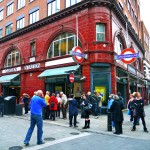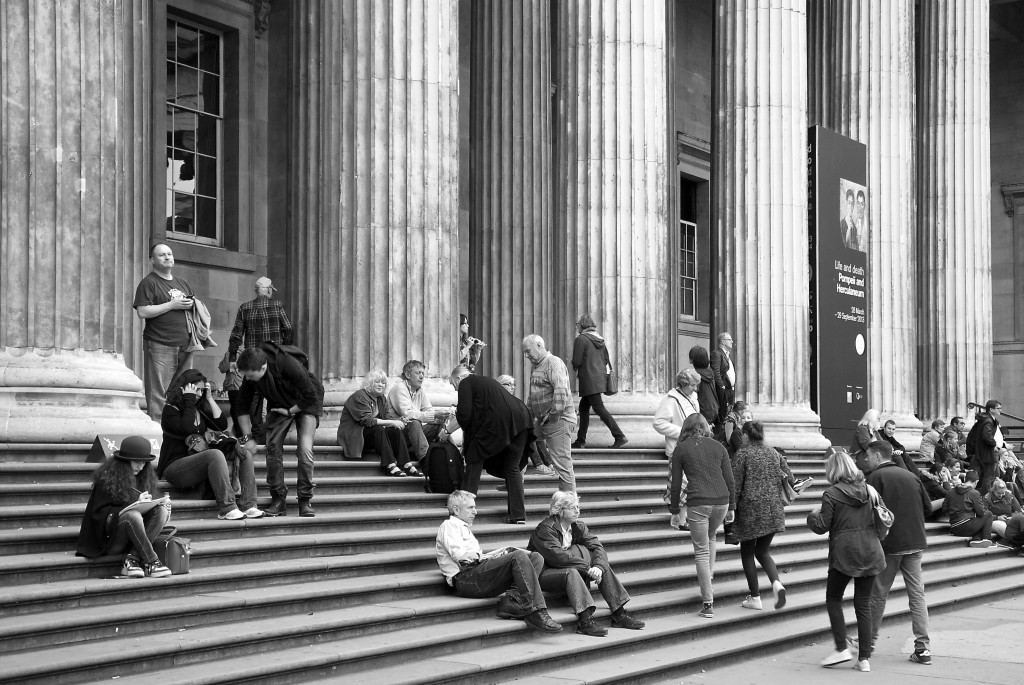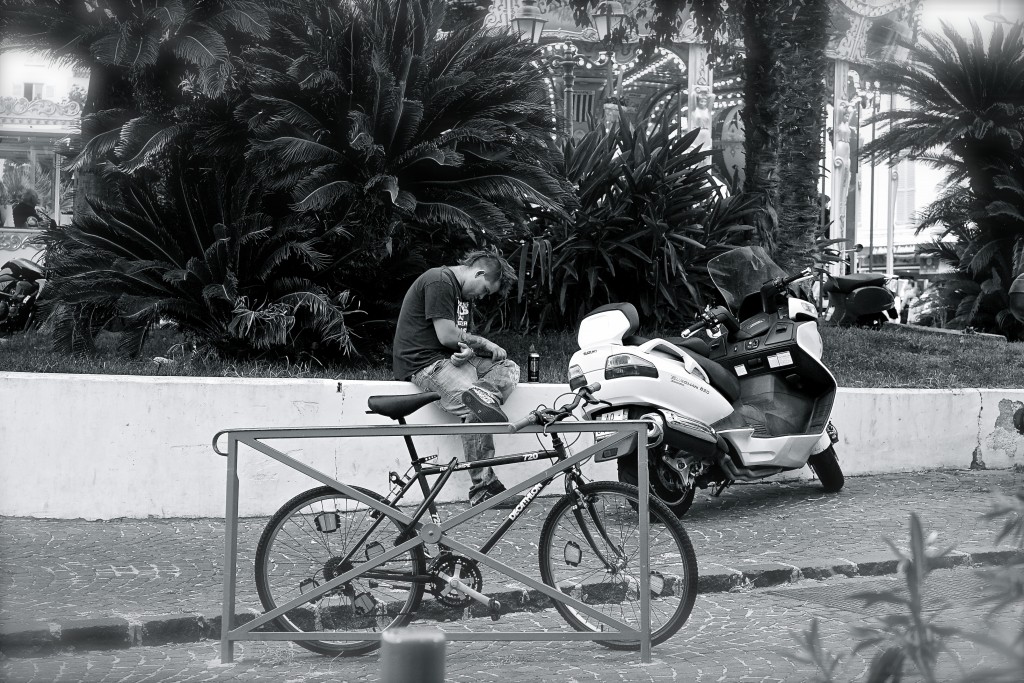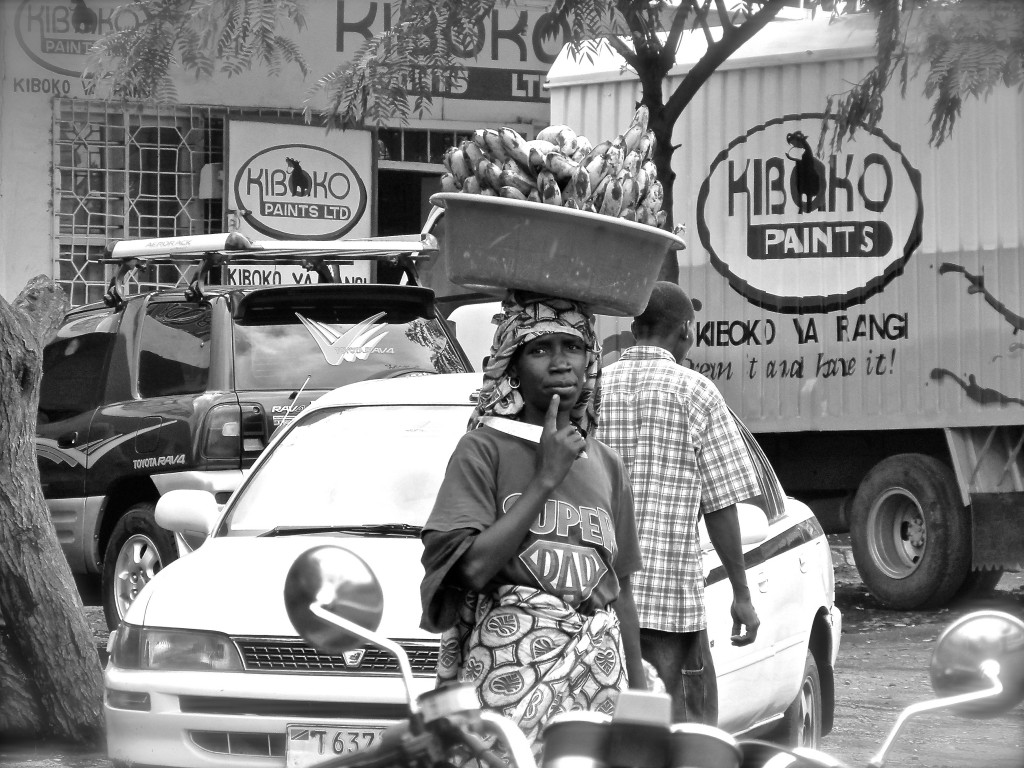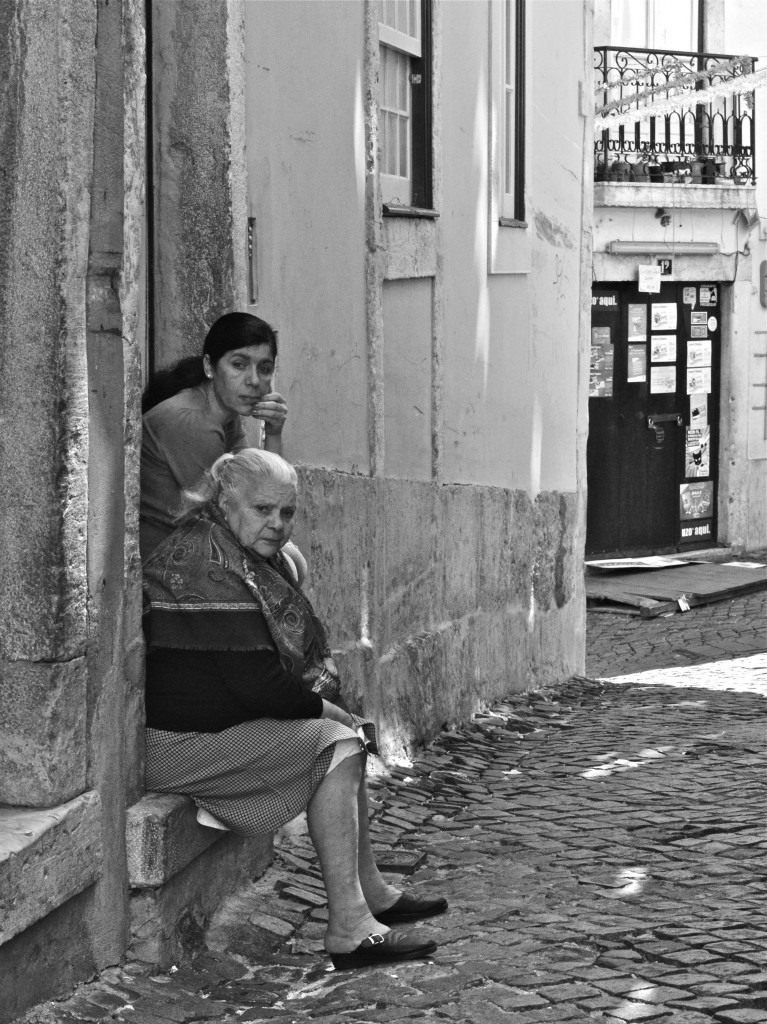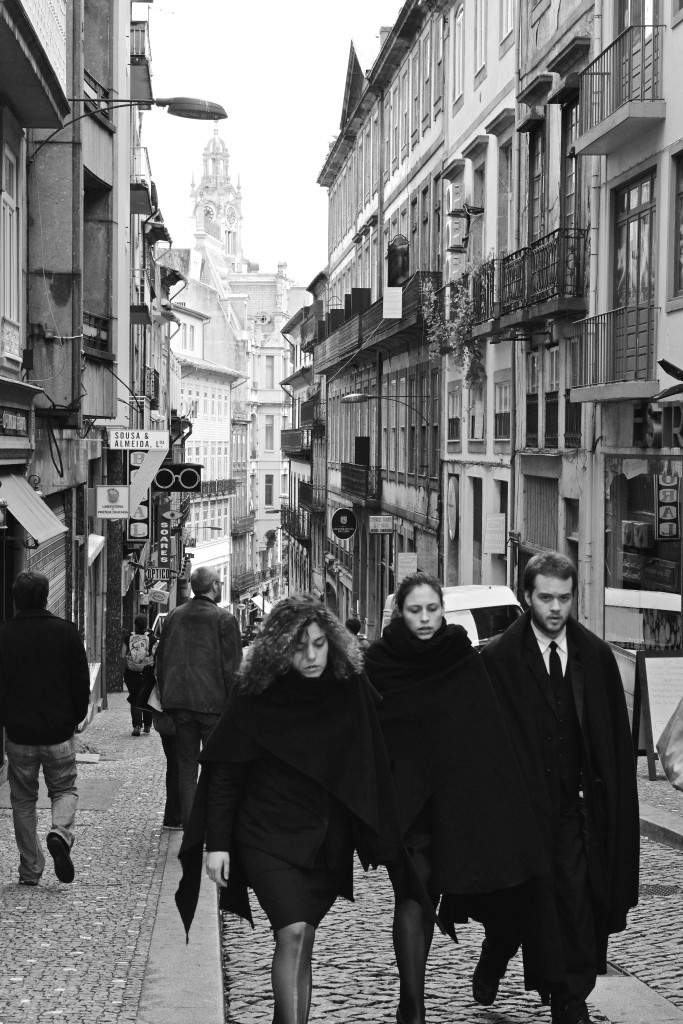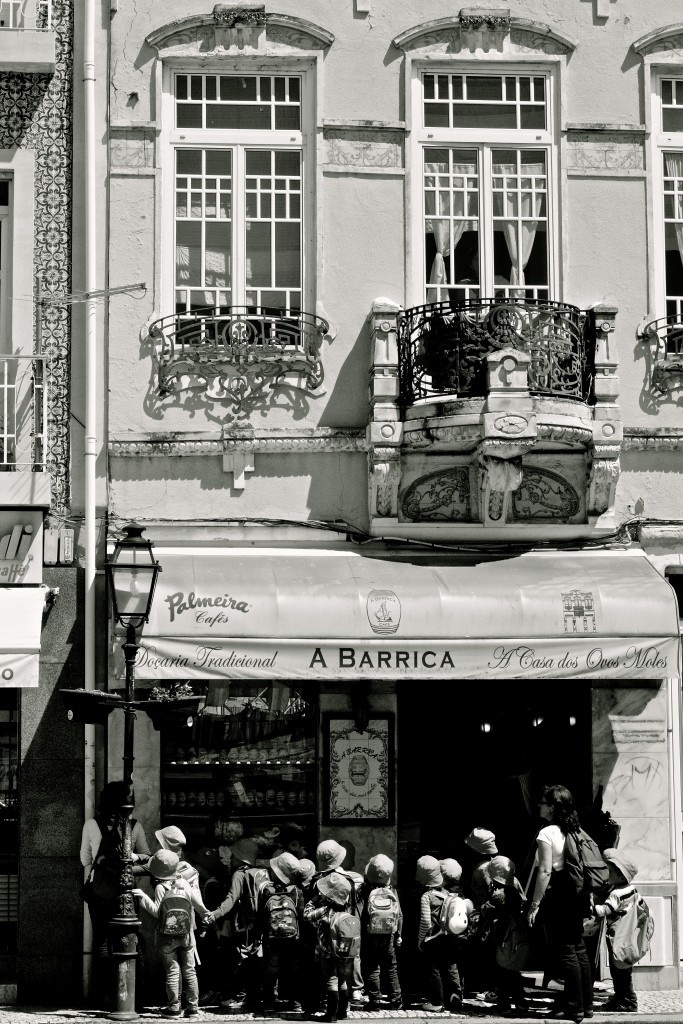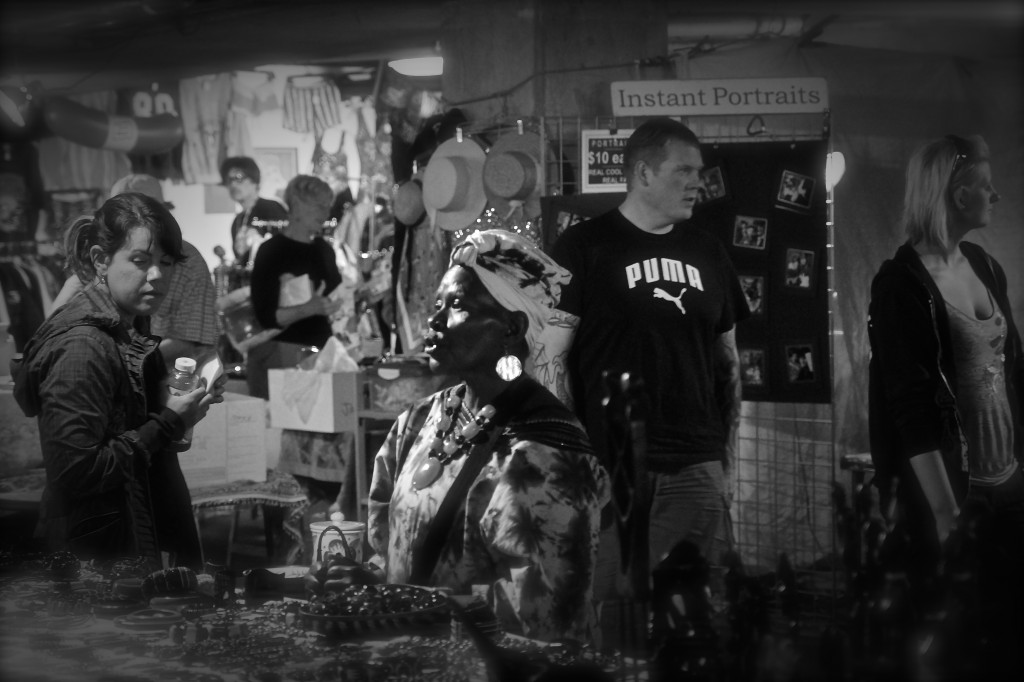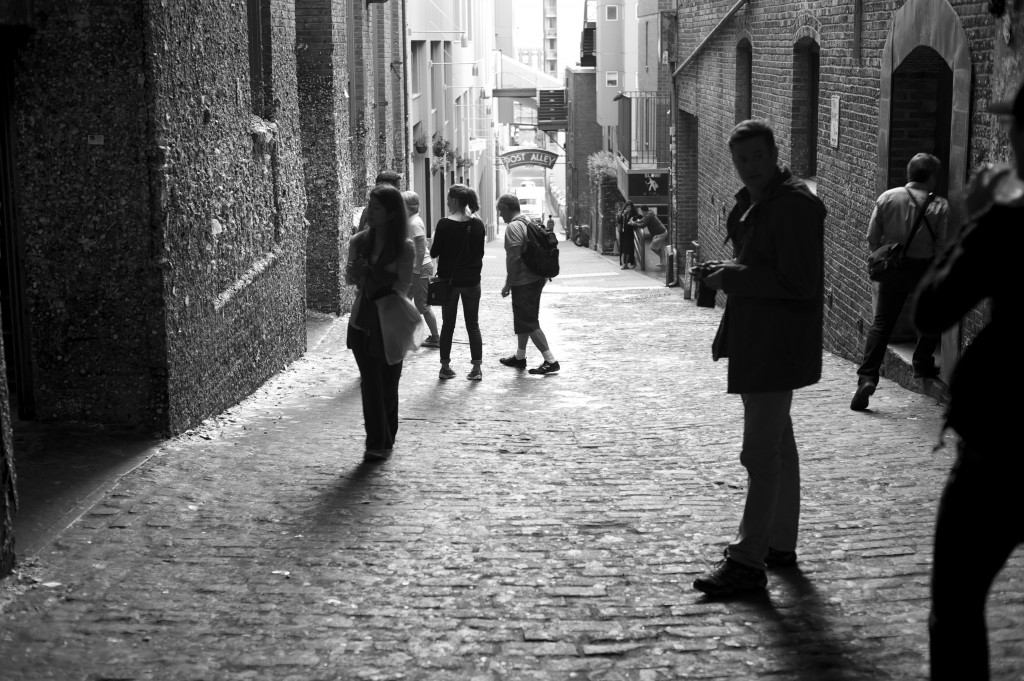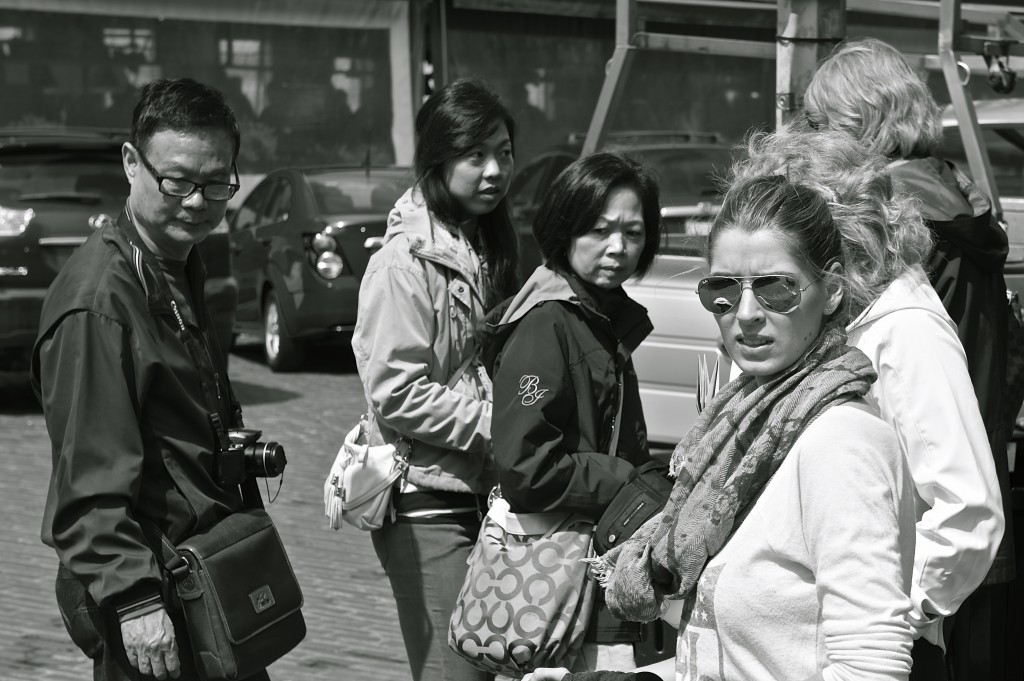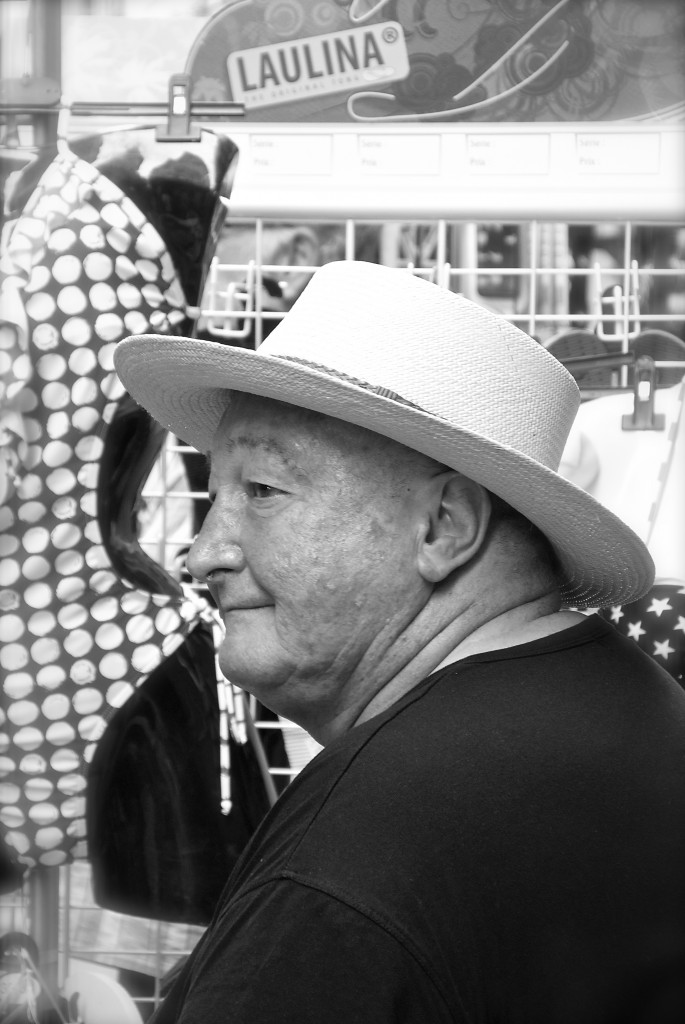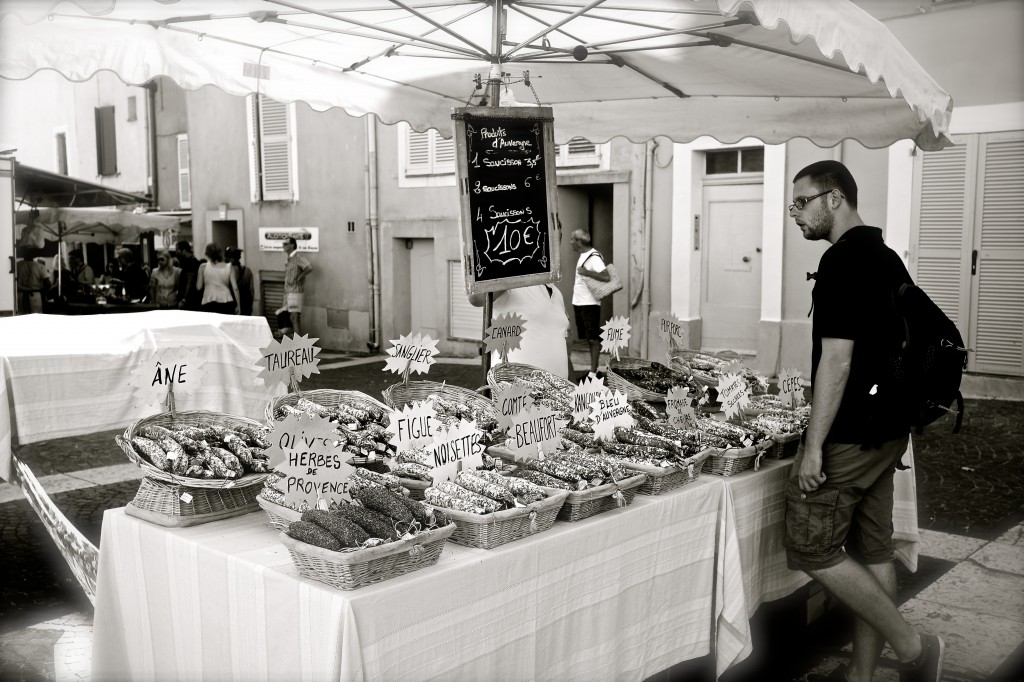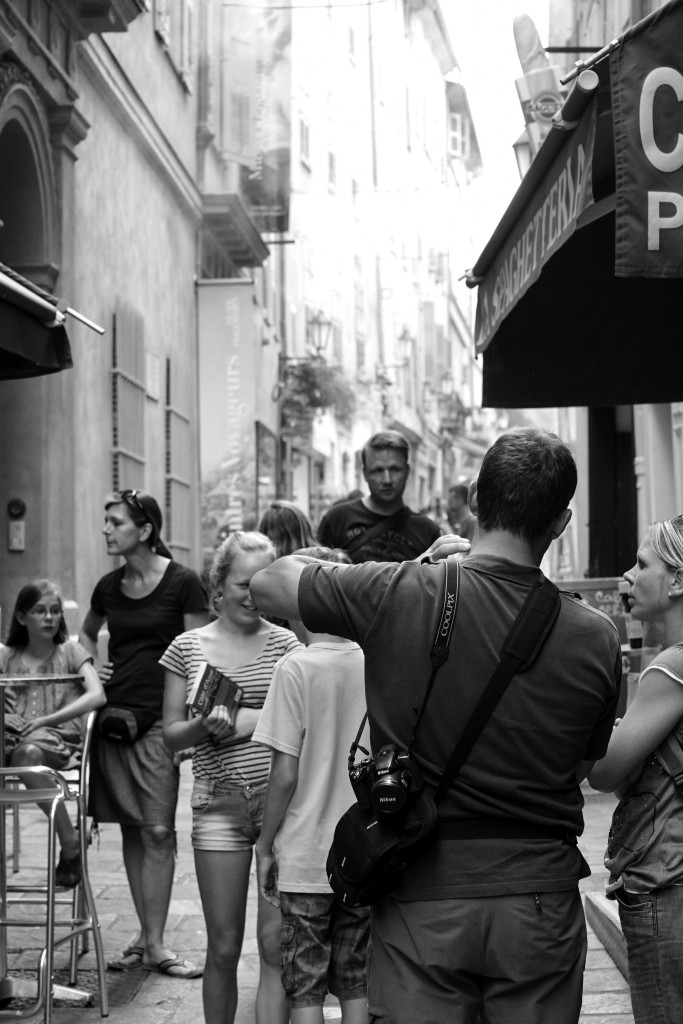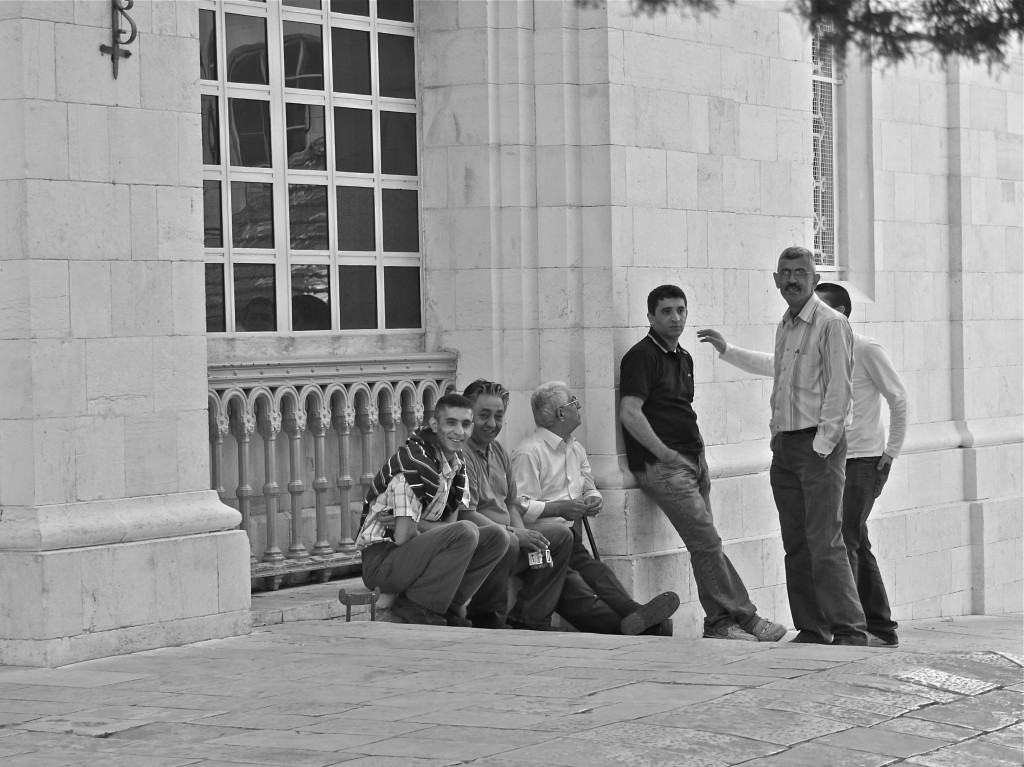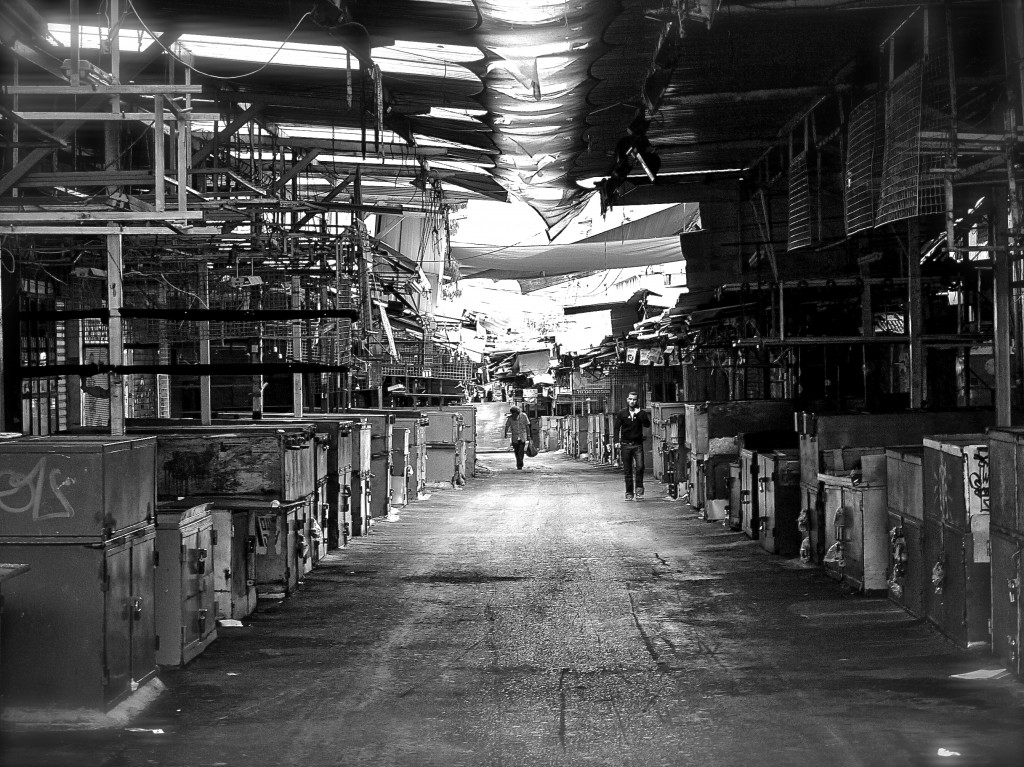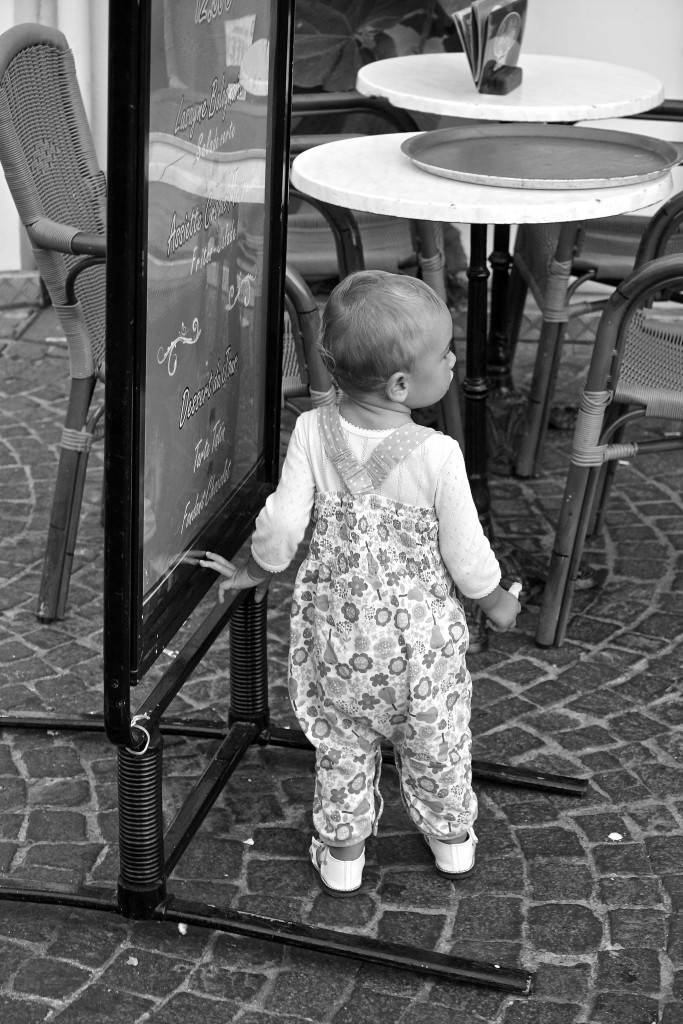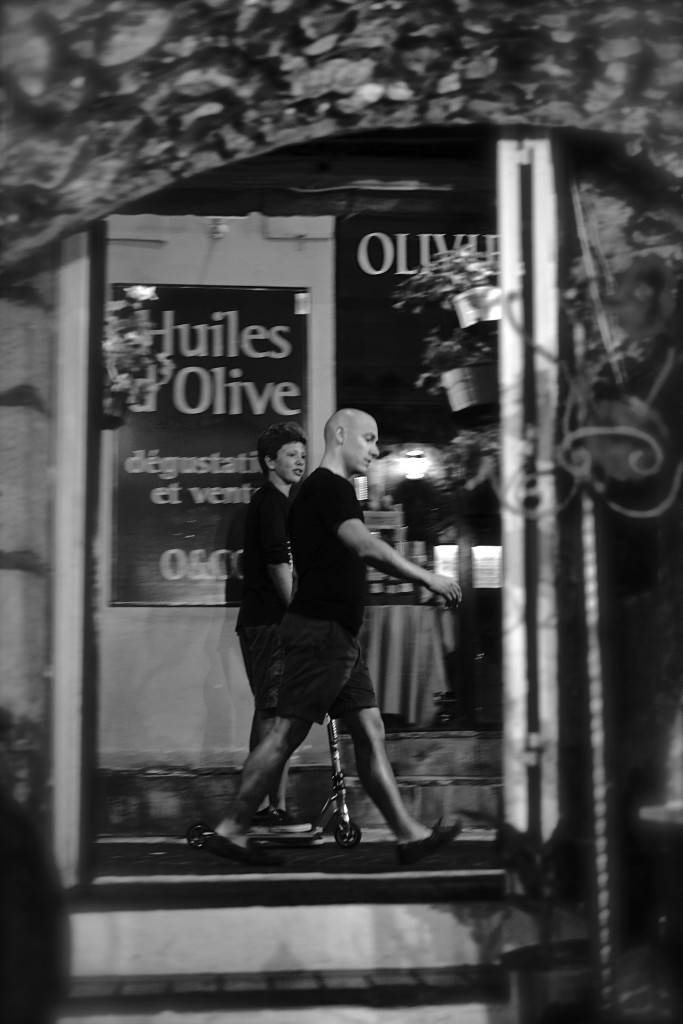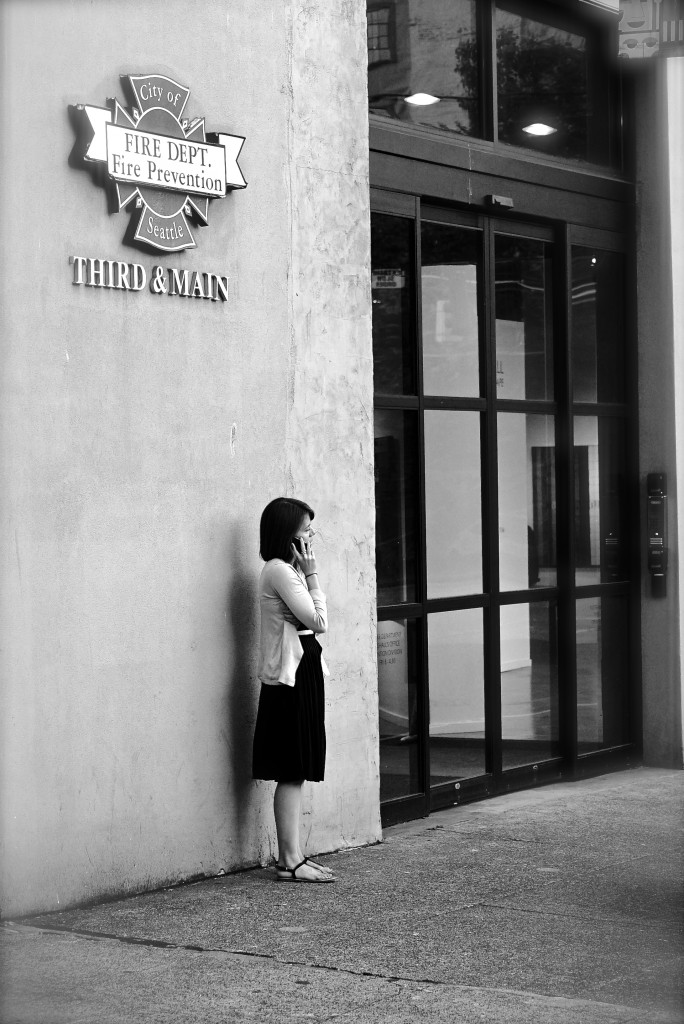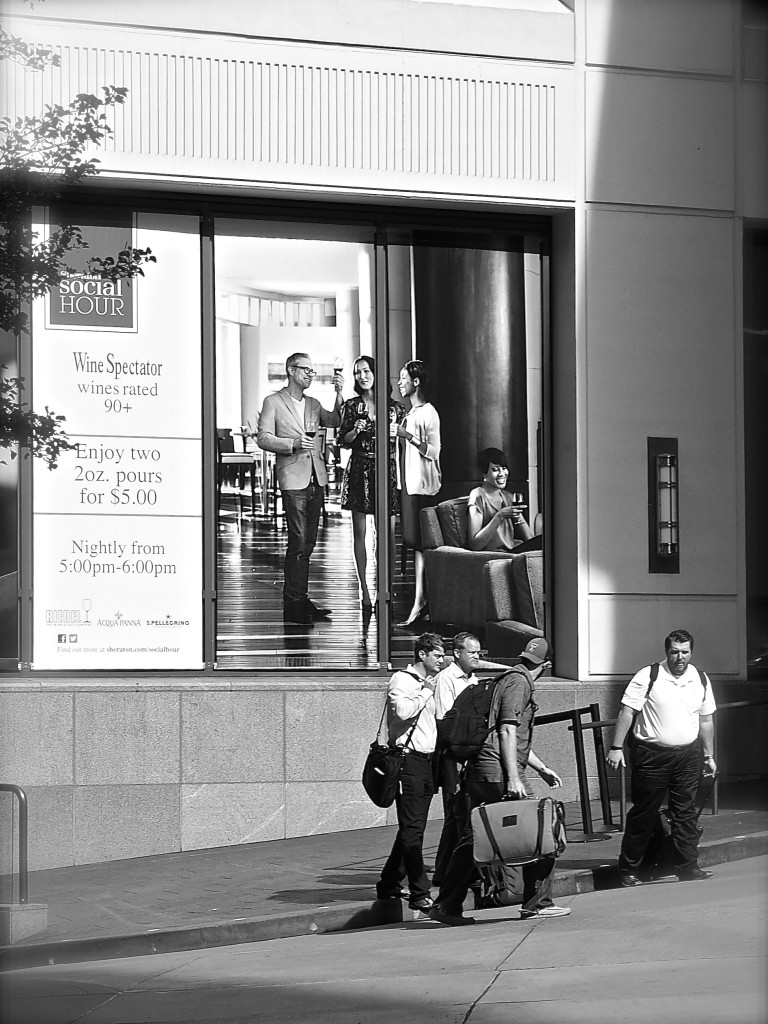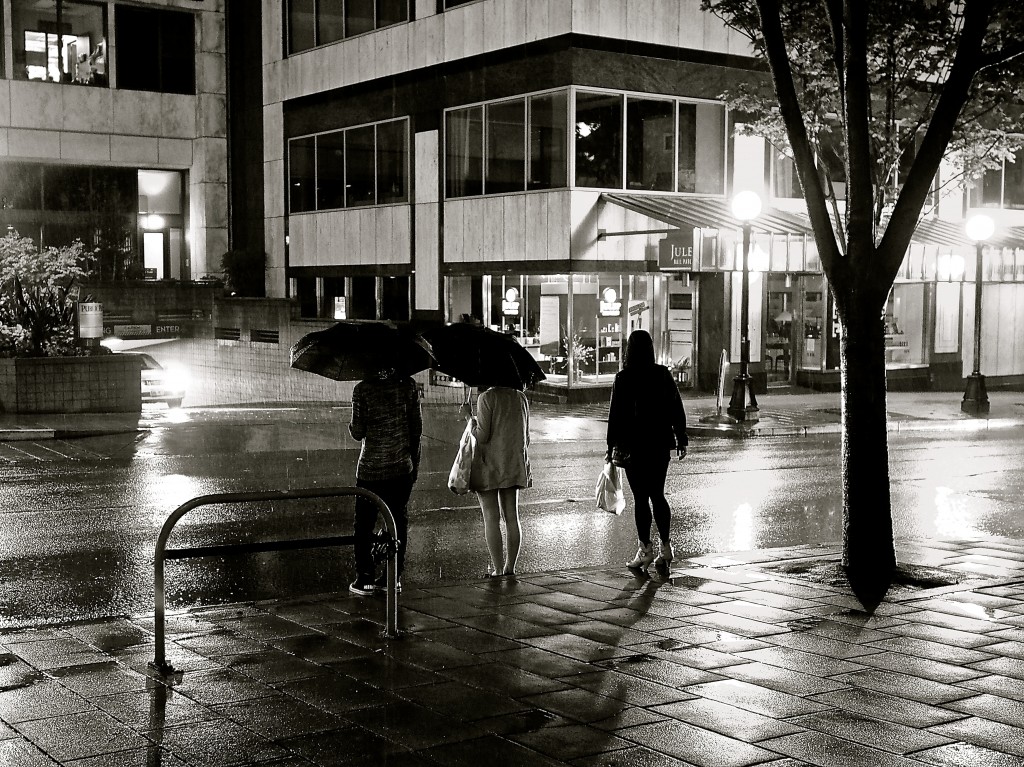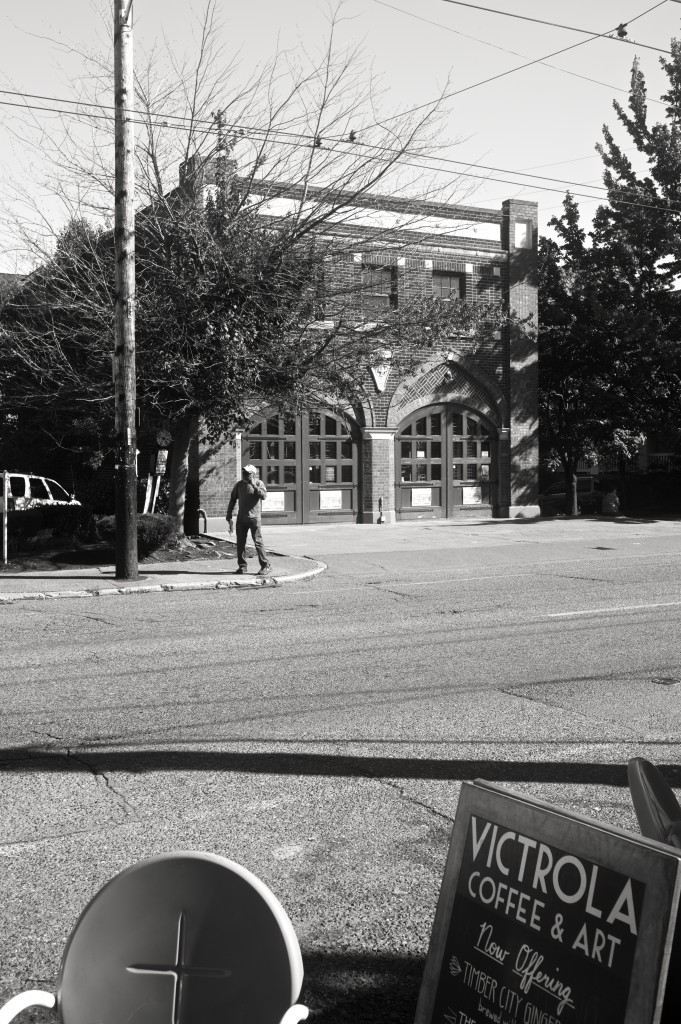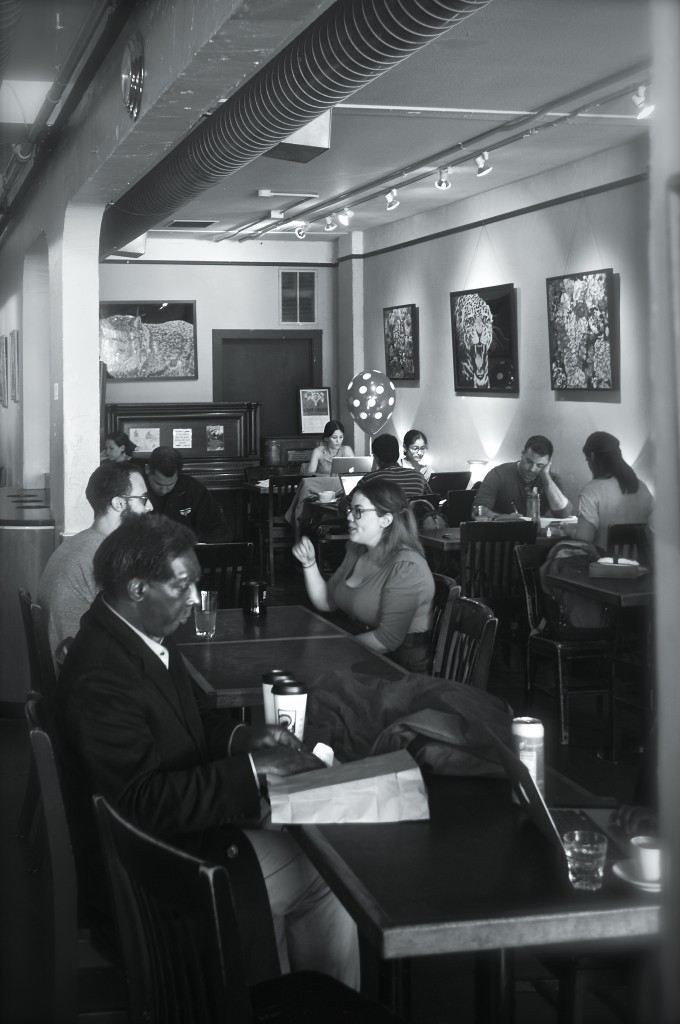Inevitable Urban Times
These times seem so inevitably urban. Of course, my wry remark comes from a city-dweller in a post-recessionary Seattle, where new construction appears at every turn.
Here, civic dialogue focuses on the social repercussions of growth, such as affordability of urban housing (“build more“, said yesterday’s Seattle Times), the proper range of housing types, and how residents will travel from here to there.
These are also times to think again about how to “create scalable solutions for city leaders to share with their constituencies across the world”, according to The Atlantic’s CityLab 2014 event underway now in Los Angeles.
Attention to human opportunities in the city is now commonplace, with recurring urbanism, placemaking and urban innovation events like CityLab 2014, The Placemaking Leadership Council and The Future of Places all occurring within the last month. Proffered solutions abound, aided by technology, applications and provocative presentations, both live and online.
Oratory and Shakespeare Define the City
But it’s worth remembering that inquiry about the how to fulfill human opportunities is longstanding. There is undeniable precedent in storied oratory, arguably the internet of ancient times.
The Greek poet, Alcaeus of Mytilene (680-511 BC) (as reported by Roman-era sophist Aelius Aristides in later oratory) established human opportunities as central to his definition of the city:
Not houses finely roofed or the stones of walls well builded, nay nor canals and dockyards make the city, but men [sic] able to use their opportunity [emphasis added].
Sound familiar?
The human part of the built environment has echoed in other, much-quoted prose. Beyond the Greek sophists and orators (themselves criticized for educating only those who could afford the price), Shakespeare’s better known quotation, from Coriolanus, Act 3, Scene 1, also set the tone:
“What is the city but the people?”
What I Learned About Cities
In my case, personal background complements history.
In one of his last presentations, at a major “21st Century City” conference he helped organize in 1988 in Phoenix, my father (late Urban Planning Professor Myer R. Wolfe) quoted Alcaeus in his holistic conference keynote remarks.
How, he asked, can interdisciplinary forces be marshaled to make an accessible urban form (citing Alcaeus’ human “opportunities”) for the 21st century? “The question has to be asked—opportunities for what?”, he noted, pointing to, inter alia, limitations on quality of life inherent in long commutes and related life choices, issues of density v. intensity, as well as urban character across both urban and suburban patterns. (See The City of the 21st Century, M. Pihlak, Ed., Arizona State University, 1988).
In reviewing those remarks just yesterday, his references both to Greek oratory and his predictive questions about this century sent me searching for universal, human imagery. Because it’s the people who define the city, we should look at them, closely.
It’s the People, Stupid
I have compiled 25 photographs for this essay—taken in multiple locations since 2009, including cities on four continents. The photographs are presented in black and white, to better show the contrast between the human and built environment, yet also emphasize the undeniably symmetry between.
My intentions are simple:
First, I want to straightforwardly illustrate fundamental traits of city dwellers across cultures, distance and time. Such traits include talking, eating, singing, watching, shopping, walking, sitting, learning, growing and aging, seeking shelter from climate, and blending with technologies of communication, travel and illumination.
Second, beyond the other ample media available to assess city life and prospects, I want to challenge the reader to think about how best to maximize the opportunities for those pictured, and those around us, and to realistically assess what we see.
As explained here, this story of “urban inevitability” has traveled through sophism—a once-revered (albeit privileged) form of teaching, across the ages. But the very point of such sophism—defining the city on human terms—should not morph to “sophistry”, a more modern term reflective of deceit and specious debate.
Finally, Just Look at the People and Learn
Here’s hoping that the interspersed photographs above and below will illustrate what Alcaeus meant long ago, as revisited in 1988 by my father and in new forms, through the gatherings and events today.
I would venture that to be “able to use the opportunity” of the city is a perpetual challenge best observed in the conduct of the users themselves.
Images composed by the author in Antibes, Arles, Frejus, Grasse and Nice, France; Tel Aviv, Israel; London, UK; Aveiro, Lisbon and Porto, Portugal; Arusha, Tanzania, and Seattle, USA. Click on the image for more detail. © 2009-2014 myurbanist. All Rights Reserved. Do not copy.
For more information on the role of personal experience in understanding the changing city, see Urbanism Without Effort, an e-book from Island Press.
– See more at: http://www.myurbanist.com/#sthash.H2NVldYF.dpuf
